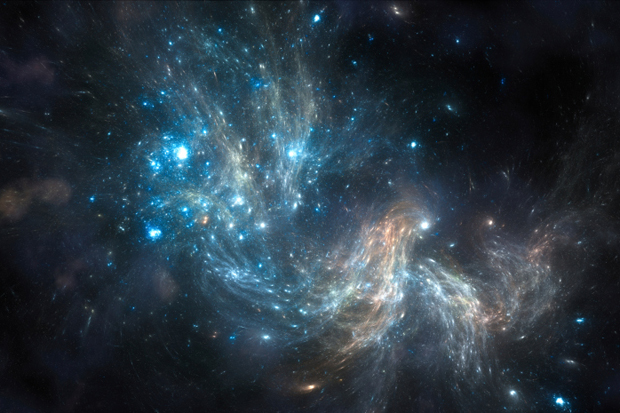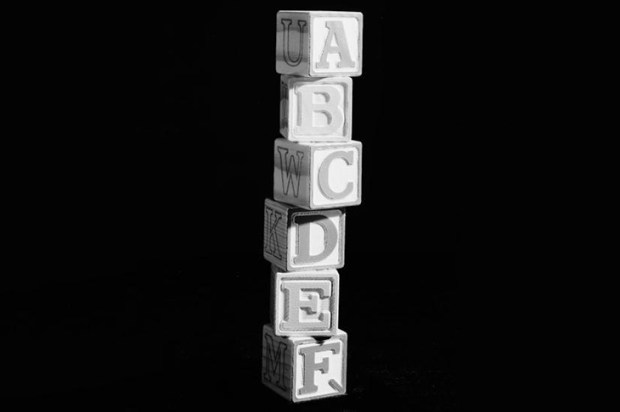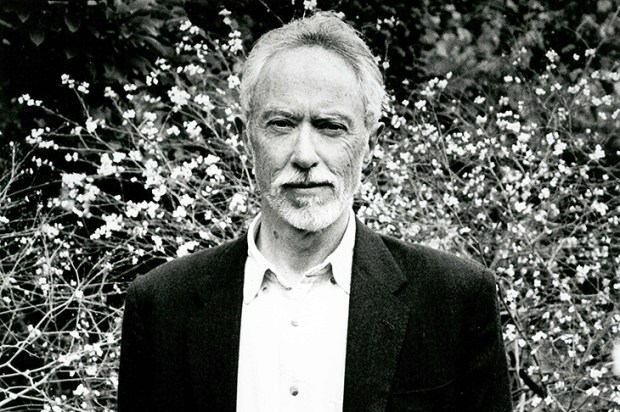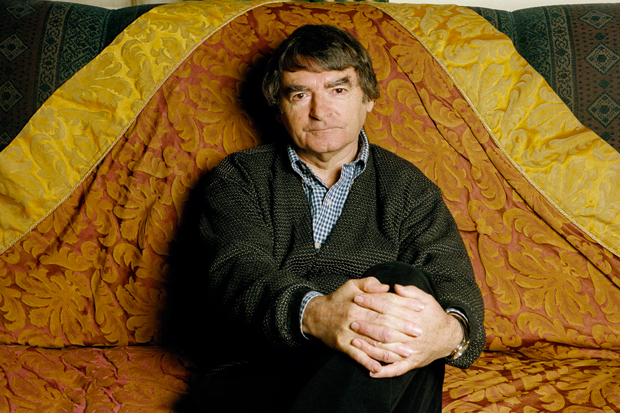The European philosophical tradition, Alfred North Whitehead claimed, consists of a series of footnotes to Plato. If you really want to see Plato’s heirs in action, though, philosophy is the wrong place to look. Look, instead, at physics. Nowhere else is the spirit of the Academy cultivated so assiduously: the maths fetishism, the disdain for mere appearances, the passionate yearning for a timeless, radiant truth. Throw a rock in a physics faculty and you’ll hit someone explaining that the laws of reality are eternal, written in the burning sigils of mathematics. Extreme cases, such as Max Tegmark, go so far as to claim that reality itself just is mathematics, which actually overshoots Plato to land among antiquity’s greatest weirdos, the Pythagoreans.
And yet, progress on a number of niggling mysteries has been slow. Most troublingly, a lot of precise and peculiar values appear to be baked into the fabric of reality, and it’s hard to say how they got there. Why these natural constants? Why these initial conditions? Perhaps, say multiverse theorists, everything happens; perhaps every possible universe really exists — in which case it should be no surprise that we see anything in particular in ours.
If that last idea strikes you as silly, you might get on with the American physicist Lee Smolin and his co-author Roberto Mangabeira Unger, a Brazilian philosopher, politician and legal theorist of strikingly diverse interests. Smolin has been sounding the alarm about the state of his discipline since at least 2006, when he published The Trouble with Physics. He and Unger have since then been at work on an alternative programme, one that hopes to lay Plato’s ghost once and for all and reconstitute physics in terms that might, as it happens, have appealed to Whitehead himself, in his guise as the father of process philosophy. In their scheme, physics becomes a historical discipline.
In his fascinating Time Reborn (2013), Smolin proposed a number of idiosyncratic theses. The first is that time is ‘really real’ — which is to say, it can’t be explained in terms of more basic theoretical entities, in the way that, say, molecular motion explains heat. But to defeat Plato, it’s not enough for time to be real: it has to be in charge. So Smolin further insists that the laws of nature themselves are subject to time’s rule. Change, as a recurring slogan has it, changes.
What a baffling thought. I’d suggest that we take a moment to let it sink in, except I can’t imagine a moment long enough. How on earth could change change? Does it evolve systematically (i.e., in a law-governed way), or at random? What is a regularity if it doesn’t stay the same? What is a cause if it is not regular?
These felt like loose ends in Time Reborn. They are taken up in earnest, though not altogether satisfyingly, in this book, which comprises two long essays, the first by Unger, the second by Smolin. Each one elaborates themes from Time Reborn. Smolin’s half of the book is restrained and mildly technical. Unger’s is declamatory, in a style clearly touched by continental philosophy. His job is to sell the vision, namely: physics clings to an idea of itself as standing outside of time. It thinks it’s dealing in eternal things — laws, symmetries, fundamental building blocks — but that’s a mistake. It must instead assume a position among those sciences, such as biology, or economics, in which lawlike regularities emerge from quirks of local organisation. Conditions were different in the early universe. They might be different again. ‘Structure,’ as Unger puts it, ‘results from history.’
That would be a humbling concession for physics to make. But consider the advantages: when confronted with puzzling observations, it could offer historical explanations. Why these constants? Why these initial conditions? Simply tack on a chunk of earlier time and assert that things happened back then to make them so. Perhaps that doesn’t sound much more scientific than the ‘everything happens’ option of multiverse theory. And yet, as Unger and Smolin both point out, in a historicised physics there is at least the hope that we might uncover archaeological traces of these formative aeons. Smolin even suggests a few places to start looking.
What to make of such a programme? By the standards of physics, it looks extremely eccentric. Then again, physics looks pretty eccentric by the standards of everything else. And any serious intellectual rebellion is worth watching. This one is ambitious: it seeks to root out one of the oldest impulses in the western imagination. Whether or not Plato is at fault, physics appears to be in a rut. A change might be welcome.
Got something to add? Join the discussion and comment below.
Get 10 issues for just $10
Subscribe to The Spectator Australia today for the next 10 magazine issues, plus full online access, for just $10.
Available from the Spectator Bookshop, £18.99 Tel: 08430 600033
You might disagree with half of it, but you’ll enjoy reading all of it. Try your first month for free, then just $2 a week for the remainder of your first year.














Comments
Don't miss out
Join the conversation with other Spectator Australia readers. Subscribe to leave a comment.
SUBSCRIBEAlready a subscriber? Log in